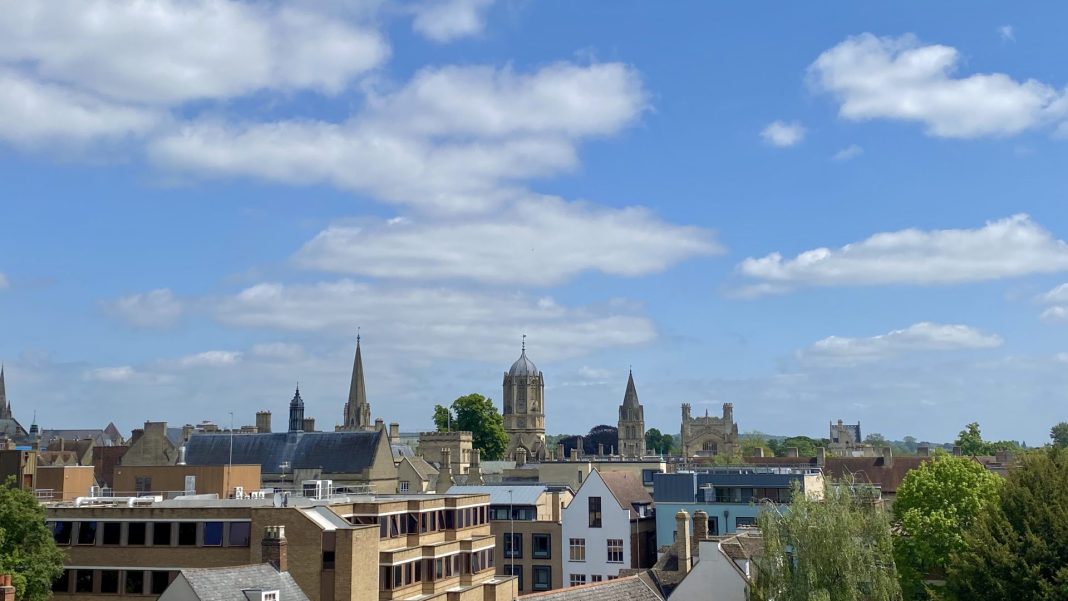The former Debenhams building in central Oxford will be turned into a science laboratory. The renovation is part of an investment of around £125 million from The Crown Estate, the British monarchy’s property group, that marks the start of a long-term endeavour with Oxford Science Enterprises and Pioneer Group to contribute up to £1.5 billion in the UK’s science, technology, and innovation sectors.
The large three-storey building that corners George Street and Magdalen Street closed in 2021 amidst COVID-19 lockdowns, during which Debenhams went into administration. It has since been unused and planning proposals will involve refurbishing the building but not rebuilding it. Upon planning permission, work could begin later this year so that laboratory spaces can open between 2027 and 2028. The refurbishment comes after repeated claims that the shortage of lab space in Oxford “remains high”, with fears that this shortage could cause Oxford rent prices to increase.
Oxford has remained at the centre of the UK’s life sciences industry and this new project is set to improve Oxford’s position as a “central nexus for scientific innovation,” according to Pioneer Group’s Executive Director, Richard O’Boyle. Oxford’s network of academic experts in life science and already established laboratory spaces and research systems, position the city as a key location and recipient of investment to enable further research, economic growth, and innovation. The project follows further announcements of investment in the UK’s life sciences industry and expansion schemes.
Oxford North has been marketed as an “innovation district” with Oxford North Ventures, a development company of St John’s College, and two other firms, developing a £700m space of laboratories and workspaces. The first parts of the district are due to open in 2025. More recently, on 7th April, plans for a new Oxford city centre life sciences hub near the train station were revealed, proposing to offer flexible laboratory and office space alongside new life sciences facilities.


